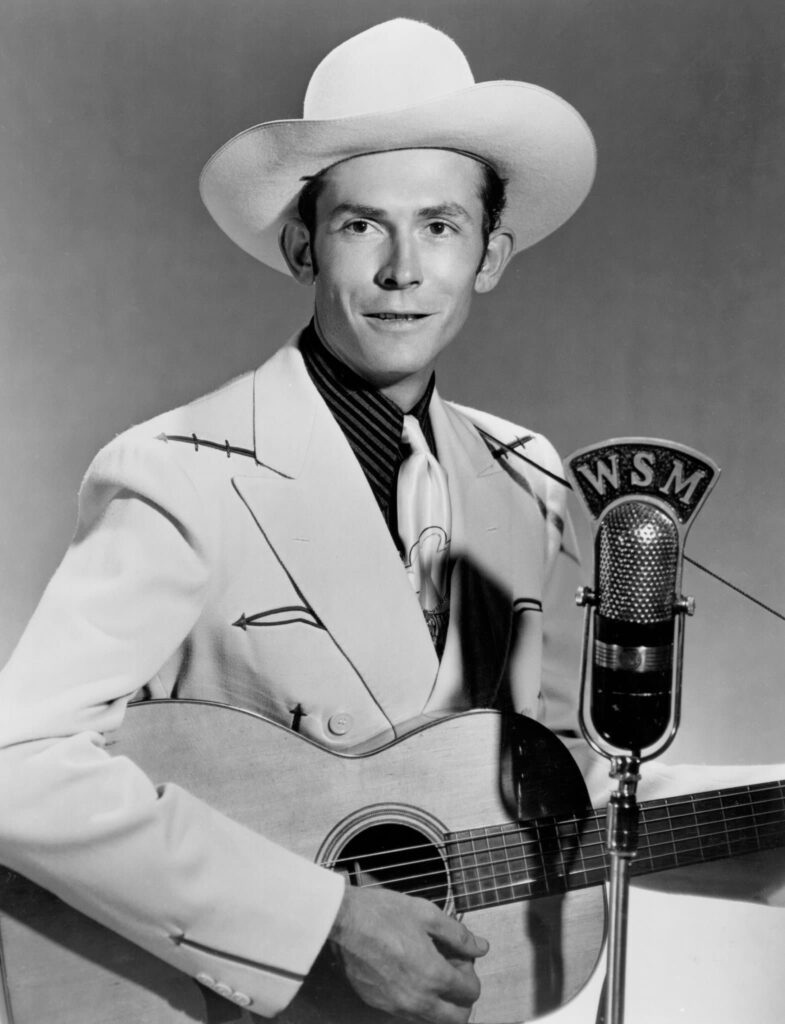
An Homage to the Cajun Spirit: The Enduring Legacy of “Jambalaya (On the Bayou)”
The melody begins, a lazy, lilting fiddle that instantly transports you back to a simpler time, a hazy summer afternoon in the Louisiana bayou. It’s the sound of a front porch swing, of iced tea sweating in a glass, and of a world where the only thing that matters is gathering with loved ones for a good time. That’s the magic of Hank Williams’ immortal classic, “Jambalaya (On the Bayou)”. Released in July 1952, this song wasn’t just a hit; it was a cultural phenomenon, a slice of Americana so perfectly seasoned it felt like it had been part of the country’s fabric forever.
It soared to the top of the charts, spending a remarkable 14 non-consecutive weeks at #1 on the US country charts. It also crossed over to the pop charts, a rare feat for a country tune in those days, peaking at #14. This wasn’t just a win for Williams but a testament to the song’s universal appeal. While the king of country himself was the definitive voice, it was a sound that resonated far beyond the honky-tonks and dusty roads where his music was typically found. Jo Stafford’s pop cover, for example, also became a massive hit, reaching #3 on the pop charts, further cementing the song’s legacy and spreading its bayou charm far and wide.
Behind the joyful, almost childlike lyrics, there’s a fascinating story of a tune that evolved from an older Cajun song. The melody is borrowed from a French-Cajun song called “Grand Texas,” but where that original was a sorrowful ballad of lost love, Williams transformed it into a joyous celebration of life and community. This isn’t just about food; it’s about the very soul of Cajun culture. The lyrics are a roll call of Southern Louisiana life, from the culinary delights of jambalaya, crawfish pie, and filé gumbo to the simple, almost poetic act of poling a pirogue down the bayou. It’s a snapshot of a place where family and friends, or “kinfolk by the dozen,” gather to eat, drink, and be merry.
The song’s meaning is found in its carefree spirit, a kind of simple living that feels both deeply nostalgic and timeless. It’s about a man named Joe, eager to get to a party with his beloved Yvonne, his “ma chère amie,” which in Cajun French means “my dear girlfriend.” He’s heading for a feast, a hoedown with fiddles and guitars and fruit jars full of moonshine. It paints a picture of a world free from the complexities of modern life, where happiness is found in the simple pleasures of good food, good company, and the rhythmic sway of a small boat on the water. For an older generation, this song isn’t just a memory; it’s a feeling, a warmth that reminds you of a time when the world seemed to move a little slower, and joy was found in the small things. It’s a song that proves that the most profound feelings—love, community, and happiness—are often wrapped up in the most unpretentious and heartfelt melodies.